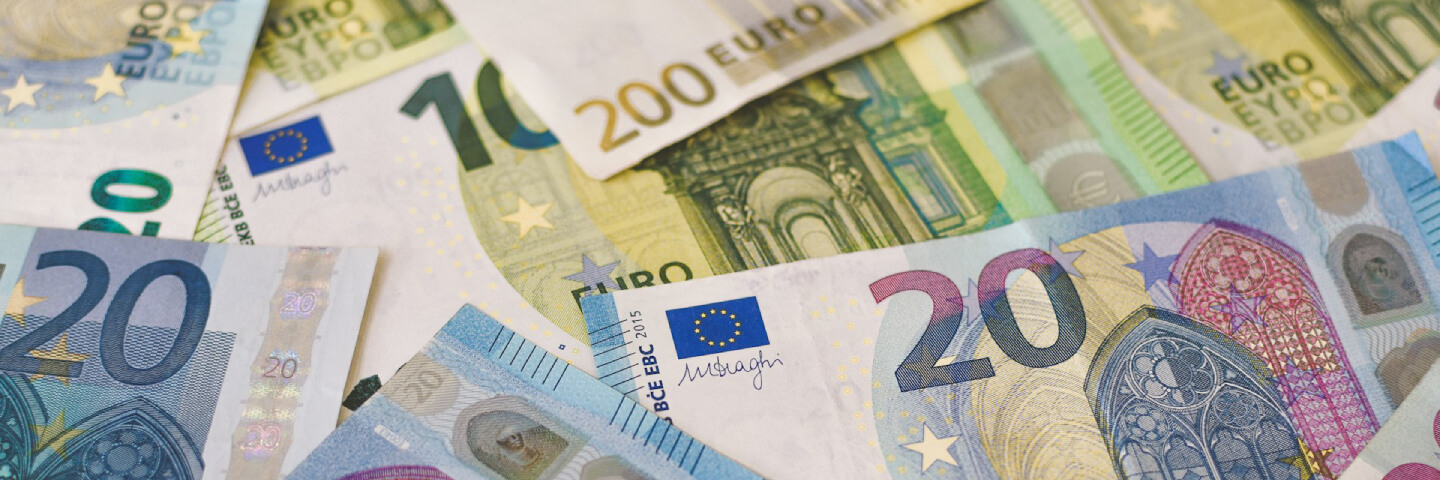Quarter 1 2024 Investment Market Review & Outlook – Looking back and looking forward, here’s what we might expect to see in investment markets in the year ahead
You can view this post on news.express.adobe here.

This is intended as a general review of investment market conditions. It does not constitute investment advice and has not been prepared based on the financial needs or objectives of any particular person, and does not take account of the specific needs or circumstances of any person. The author cannot make a personal recommendation for any person and you should seek personal investment advice as to the suitability of any investment decision or strategy to your own needs and circumstances. Any comments on specific stocks are intended as an objective, independent view in relation to that stock generally, and not in relation to its suitability to any specific person.
IN BRIEF
Global equity markets continued their rally in the first quarter of 2024, buoyed by the prospect of monetary easing later in the year and continued optimism around artificial intelligence (AI) and its potential to increase corporate profits. Global activity data was generally better, with growth forecasts being revised higher. Growth in the US has slowed compared to the robust pace seen in the second half of 2023, but remains strong, while data in the Eurozone showed tentative signs of improvement. Meanwhile, both the Federal Reserve (Fed) and the European Central Bank (ECB) suggested that interest rate cuts would likely begin in June.
US ECONOMY
US fourth-quarter GDP expanded by more than expected, driven by increases in consumer spending, inventories, domestic demand and government spending. Credit conditions remained tight, although less so than in Q3.
US labour-market data continued to show strong job creation in Q1. However, the January figure was revised down and the unemployment rate rose in February. Job openings also fell further in January but remain high by historical standards. Overall, this suggested some easing in a still-strong labour market.
Consumer spending softened slightly as highlighted by February retail sales which came in below market expectations. Meanwhile, inflation levels remain somewhat sticky.
Federal Reserve policy
Fed Chair Powell, in his testimonies to Congress and the Senate in March, expressed caution around easing policy too soon; however, Powell also said that “it will likely be appropriate to begin dialling back policy restraint at some point this year”. The Fed’s meeting later in the month helped maintain expectations that rate cuts would begin in June.
The central bank upgraded its 2024 growth forecast, while the headline inflation projection was unchanged with an expected fall to 2.2% in 2025. The Fed kept its interest rate projection for end-2024 unchanged and in line with market expectations for three rate cuts this year, bringing the key rate down to 4.6%. However, projections for the rate at end-2025 and end-2026 were revised up suggesting slightly fewer rate cuts through the cycle.
EUROZONE ECONOMY
Economic data in the Eurozone was mixed, with some areas showing signs of improvement, but overall data remained lacklustre. Q4 GDP fell. Overall, the weaker economic backdrop led the European Commission to downgrade its 2024 GDP growth forecast for the region to 0.8%.
Household consumption data showed some tentative signs of recovery at the start of 2024. Retail sales rose, suggesting that the consumption backdrop is less weak than initial estimates suggested. However, industry output remains weak.
Meanwhile, inflation continued decelerating. February headline consumer-price inflation fell in January, and core inflation also slowed.
Lower inflationary pressures and lacklustre activity was reflected in the ECB’s March meeting, at which it kept policy unchanged but reduced its inflation and growth projections. Headline inflation is now forecast to be 2.3% y/y in 2024, and 2.0% in 2025. This suggested a more dovish stance; ECB President Lagarde said that good progress is being made towards achieving the inflation target, although there was not sufficient confidence to cut at the March meeting. She did, however, suggest that the ECB will have more data by June, hinting that the first rate cut could come at the June meeting.
JAPAN & CHINA
Japan
In March the Bank of Japan ended its negative interest rate policy, which it started in 2016. It raised the policy rate from -0.1% to a range of 0-0.1%. This was the first rate rise since 2007, and is indicative of economic change in the country amid increased inflationary pressures. Consumer prices rose by 2.8% y/y in February, compared to the central bank’s 2% target.
China
Meanwhile, China’s meeting on economic policies set a 2024 growth target of “around 5%” after posting growth of 5.2% y/y in 2023. The authorities also said that more policy easing is likely, with the central bank governor stating that there was room to cut rates further. The government announced CNY 1 trillion (€129bn) in ultra-long special bond issuance this year to fund projects associated with national strategic goals. Also, the reserve requirement ratio (RRR) for banks was cut by 50bps in an attempt to stimulate lending and boost economic growth.
EQUITIES
In Q1, global equities – as represented by the MSCI All Country World Index (ACWI) – rallied by 9.6% (10.8% in euro terms) and a number of markets rose to new historical highs over the period.
US equities rose 10.4% (12.9% in euros), boosted by a strong economic and earnings backdrop. UK equities lagged, rising 4.1% (5.5% in euros) as defensive sectors, which have a relatively heavy weight in the UK, underperformed.
Japanese equities outperformed, rising 19.3% (13.7% in euros), supported by still relatively loose monetary policy compared to other regions despite tightening by the Bank of Japan. The weaker yen was supportive of exporters, while a greater focus on governance and profitability also boosted Japanese shares.
Emerging market (EM) equities were up by 4.6% (4.8% in euros) in Q1 as South Korean equities (+6.2%) benefited from positive sentiment towards technology stocks. Chinese stocks fell (-2.0%) amid ongoing concerns around economic growth.
Small-cap equities rose by 6.3% (6.9% in euros), supported by expectations of rate cuts in the first half of 2024.
BONDS
The ICE BofA 5+ Year Euro Government bond index fell by 0.9% as German 10-year yields rose amid a reduction in the magnitude of expected 2024 rate cuts.
European investment grade (IG) corporate bonds returned 0.4% in Q1, supported by income yield, which offset capital losses. IG yields rose and spreads narrowed over the period.
Global high yield bonds returned 1.3%, with yields up slightly over the period. EM local debt returns were flat for Q1 EM hard debt returned 1.1% and yields fell marginally over the period, by 2bps to 7.33%.
Meanwhile, peripheral Eurozone bond spreads narrowed, supported by expectations of rate cuts from the ECB in June.
LOOKING AHEAD
Sovereign bond yields rose through most of 2023 on the back of a slower-than-expected moderation in inflation. However, yields have fallen since the peak in October 2023 as concerns around inflation abated in late 2023. With inflation having clearly peaked and central banks now suggesting rates will be cut in 2024, bond yields are expected to decline over the next 12 months.
On a 12-month view, our base case is that German and US 10-yeargovernment bond yields fall from current levels of 2.30% and4.20% to 1.75% and 3.50% respectively. We believe fixed income offers a strong risk-reward profile at this stage in the cycle, with the potential to offer protection if the economy slows, and is attractive from an income perspective while also providing potential for capital gains via falling yields. We believe that the risks of materially higher bond yields have reduced and, if the economy falters, major central banks will be able to cut rates to support growth. In that scenario, we would expect bonds to outperform to a greater extent.
Global equities were resilient in 2023 as recession fears receded and a peak in central bank policy rates has likely been reached. While global earnings fell by 0.7% in 2023, they held up better than feared at the start of the year as sales surprised to the upside in the better economic backdrop and the margin squeeze for corporates was less than anticipated. Earnings are expected to grow by 11.0% in 2024.
Global equities valuations are above long-term averages, and equities remain expensive against both bonds and cash given the high yields currently available on these assets. Despite this, the outlook on a 12-month view is positive. Central banks are likely to pivot towards looser policy in 2024 as inflation falls. An increasing probability of a soft landing with a rebound in earnings in 2024 and an upward bias to growth forecasts are supportive.
Over the medium term, the rollout of AI should boost efficiencies and earnings across the whole market and allow equities trade at higher valuation levels. The ongoing green-related capex cycle could also boost earnings over the medium term. Any short-term volatility in markets is likely to be offset by the above factors, resulting in positive returns on a 12-month timeframe.



